Tableau has undeniably established itself as a trailblazing player in data visualization and analytics, empowering users to transform raw data into actionable insights. However, the rapid advancement of artificial intelligence (AI) has given rise to a groundbreaking integration known as Tableau GPT (Generative Pre-trained Transformer), which elevates data analysis to unparalleled heights.
Tableau GPT marks the convergence of Tableau robust data visualization capabilities with the cutting-edge AI model GPT. The Generative Pre-Trained Transformer, developed by OpenAI, is a revolutionary generative language model designed to process, comprehend, and generate human-like text. GPT excels in producing coherent and contextually relevant responses to textual inputs by leveraging deep learning techniques and extensive training data.
Incorporating GPT into Tableau introduces a novel approach to interacting with data, an approach characterized by natural language interaction. This innovation empowers users to pose data-related questions using everyday language, simplifying the traditional query process and enriching data exploration.
What are the key advantages of Tableau GPT?
1. Elevated User Experience: Redefining Data Exploration
Tableau GPT revolutionizes the data exploration process by enabling users to engage with their data conversationally. This shift eliminates the need for intricate query languages or scripting, rendering data analysis accessible to a broader spectrum of users. This intuitive experience encourages diverse stakeholders, including non-experts, to delve into data-driven insights.
2. Intelligent Data Visualization: Unleashing GPTs Language Power
GPT language processing capabilities imbue Tableau with an enhanced ability to grasp user intent, creating more pertinent and insightful visualizations. Leveraging this, Tableau GPT crafts visual representations that precisely align with the user data-related queries.
3. Swift Decision-Making: Real-time Insights
The amalgamation of Tableau swift data processing and GPTs rapid response times empowers users to receive real-time answers to their inquiries. This immediacy expedites decision-making processes and gives organizations the agility for data-centric strategies.
4. Contextualized Insights: Bridging Analytical Gaps
Conventional data analysis tools often struggle to provide contextual insights. Herein, Tableau GPT shines by harnessing context-aware AI, effectively scrutinizing data to unveil comprehensive and actionable insights that might otherwise remain concealed.
5. Democratizing Data Analytics: Simplified Exploration
Tableau GPT plays a pivotal role in democratizing data analytics by streamlining the data analysis journey. Its user-friendly interface and simplified interactions pave the way for cross-departmental collaboration, fostering data-driven decision-making throughout an organization.
Unveiling the Mechanism of Tableau GPT
1. Natural Language Input: Engaging with Data
Tableau GPT welcomes natural language input from users. Users can effortlessly articulate their inquiries in plain language rather than crafting intricate queries or specifying data parameters.
2. Context Comprehension: Deciphering Intent
GPT processes the natural language input, deftly discerning contextual cues to better grasp the user query intent.
3. Data Analysis and Retrieval: Power of Fusion
Tableau GPT interfaces with the underlying data, orchestrating essential data retrieval and analysis tasks based on the user query.
4. Visualization Generation: Crafting Clear Insights
Upon completing the analysis, Tableau GPT generates suitable visualizations that present insights in an easily understandable format.
5. Interactive Exploration: Dynamic Interplay
Users can actively engage with the generated visualizations, refining their queries or embarking on exploratory paths via follow-up questions. This dynamic interplay fosters iterative data exploration.
What are the applications of Tableau GPT?
1. Empowering Business Intelligence: Data-Driven Decision-Makers
Tableau GPT empowers business executives and decision-makers by allowing them to pose data-related questions without the need for extensive data analysis knowledge. They can promptly access data-driven answers to guide their strategic choices.
2. Advancing Predictive Analytics: Exploring Possibilities
With its AI capabilities, Tableau GPT ventures into intricate predictive analytics tasks. Users can simulate diverse scenarios and predict outcomes by posing "what if" inquiries.
3. Revolutionizing Market Research: Unveiling Insights
Researchers and analysts can harness Tableau GPT to extract insights from intricate datasets, facilitating the identification of trends, patterns, and customer preferences with heightened efficiency.
4. Unearthing Data Treasures: Dynamic Exploration
Tableau GPT revolutionizes data exploration. Users can now interact with datasets more dynamically and conversationally, unearthing profound insights and discoveries that traditional methods might overlook.
Conclusion:
Tableau GPT marks a monumental stride in the landscape of data visualization and analytics. By merging Tableau visualization prowess with GPT language processing capabilities, this integration can reshape data analysis and decision-making paradigms for organizations worldwide.
With its intuitive user experience, intelligent data visualization, and democratization of data analytics, Tableau GPT emerges as a transformative force in the realm of data-driven insights. Embracing this innovative technology translates to more informed, efficient, and data-supported decisions—an asset for any organization committed to harnessing the power of data.
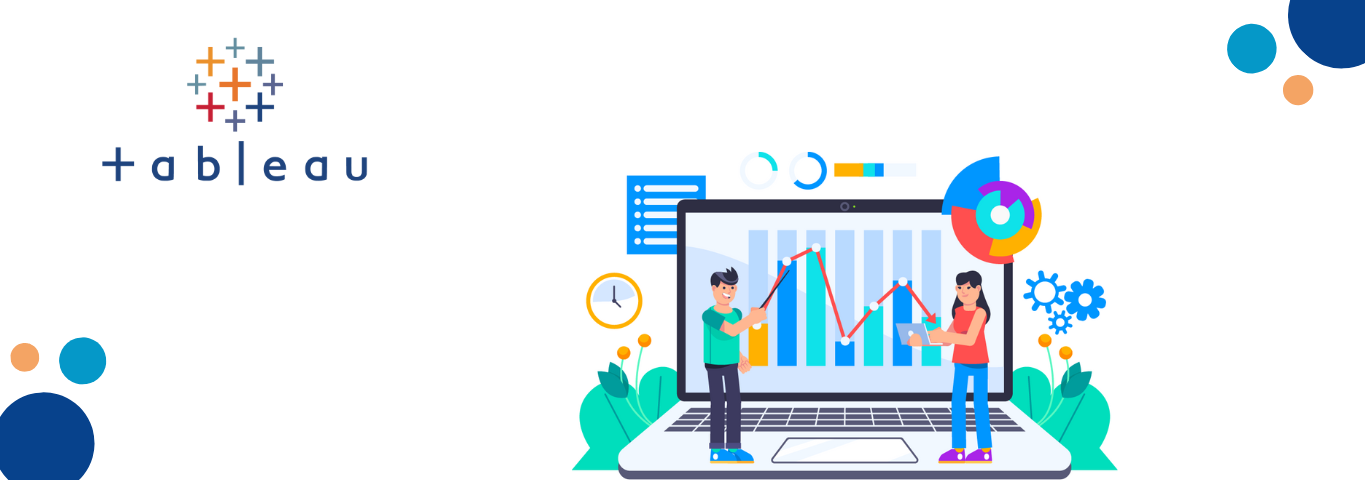
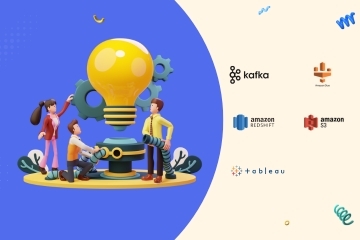
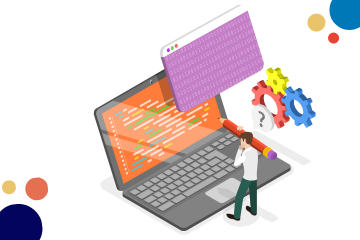
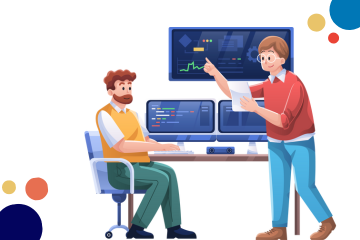
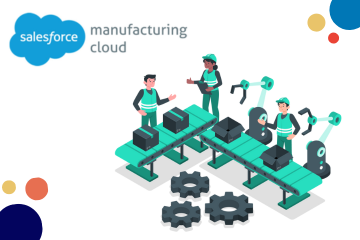
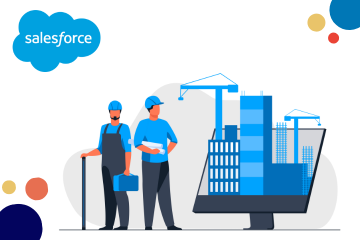

Comments